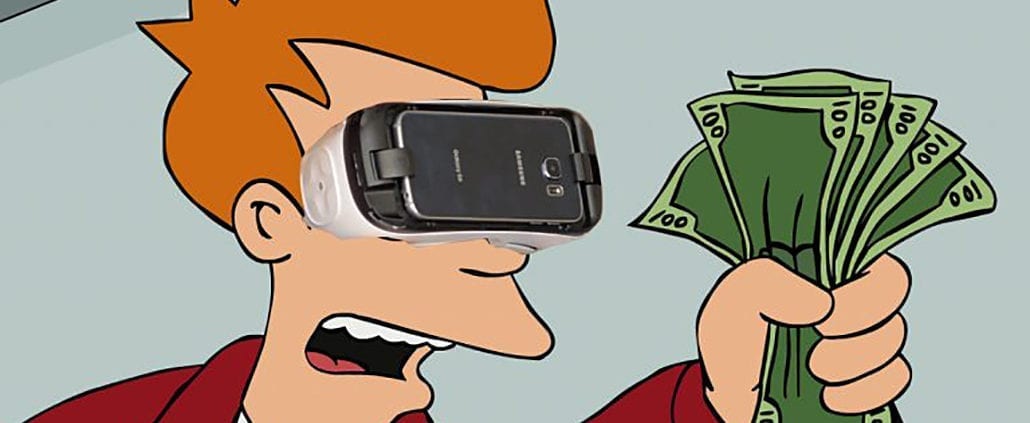Many decision makers in Enterprises are still uncertain, if they should invest in Virtual Reality and how fast the investment will pay off. This article will outline a simple calculation any business owner or marketing stakeholder can use to calculate success and ROI of VR applications.
First you need to identify the target group you try to reach with your Virtual Reality application. This could be for example customers or employees.
As example we use a fictional company “Sphaera Inc.”, which has created a WebVR application to present its latest large scale construction product. Sphaera decided to use WebVR technology to be able to present its product in online campaigns, its website, on exhibitions and also use it for employee training.
Here are the stats we have on the company:
- 100.000 customers worldwide – mainly engaged via a direct sales force and online channels
- 200.000 unique website vistors per year on its website
- 10.000 employees, which have to be trained on the product
- 40.000 visitors on exhibitions per year
Assuming only 10% of those would use the Virtual Reality application, the total customer potential would be approx. 35.000 in the first year. In the following year the number of users would double to 65.000. So the total exposure would be 100.000 users (internal/external) per year.
Sphaera Inc. invested $ 100.000 in development and technology licemses for the VR application for 2 years, so the spend per customer in the first 2 years would be only 1 $!
Now lets look at the cost side. We will calculate the ROI purely based on cost savings due to VR and disregard any uptake in sales due to using VR apps in Sales and Marketing for now.
- Delivering the VR application via an e-mail is easy by just publishing a URL and integrate it into a mailing campaign. Traditionally VR applications could only be showcased at stations equipped with a PC with powerful hardware. Sphaera needed 40 device sets to use in training centers and exhibitions summing up top $ 80.000 hardware and software cost.
- Sales can showcase the new product on their Smartphones with cardboards to customers as they use WebVR. The cost of a cardboard is not more than 1 $. Normally you would have needed to equip the Sales team with new VR devices. Assuming Sphaera Inc. has 500 Sales People, this would mean at least $ 100.000 to equip them with a VR Headset such as Oculus Go at a unit price of $200.
- Website visitors can experience the product live, in 3D and fully immersive. With a 3D application and WebVR you can save cost for creating renderings of the product, create videos or print material. Assuming the cost of producing one product video per year is $ 10.000 and updates to renderings when product changes is $20.000, with 2 updates per year, cost for Sphaere marketing team adds up to $60.000 per year for delivering a non interactive product presentation, which customers can only passively watch, not fully experience almost real such as with VR.
- Sphaera needs to train 10% of its workforce regularily. Those employees would have to travel to reach central trainings locations to access the product. With VR Sphaere safes this travel cost per training, which can be assumed with $ 500 per year and trained person, summing up to an impressive amount of $ 500.000 per year!
- Presenting the new product on exhibitions become easy with VR. The product does not have to be shipped to the, constructed for and desconstructed after the exhibitions. Sphaera does 5 major exhibitions per year, and the staff, travel and shipping cost for showcasing the real product at an exhibition is calculated with $ 100.000.
So the cost side sums up to an impressive amount of $ 840.000.
Conclusion: by investing $ 100.000 in creating a virtual reality application, Sphaere Inc. is able to save $ 840.000 and the Return-on-Investment equals $ 740.000 for the organization in 2 years.
We understand that these figures are fictional, but nevertheless come close to what we encounter at almost any customer we talk to and shows impressively howVR technology can help business to become more effective.
